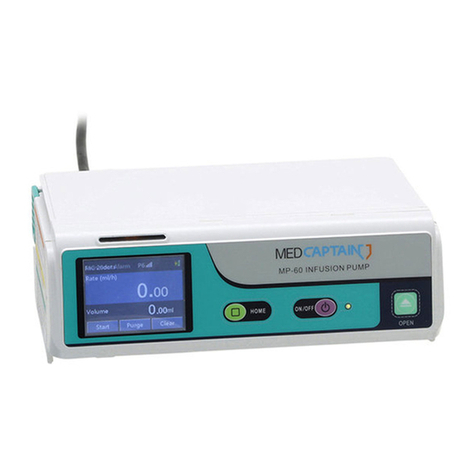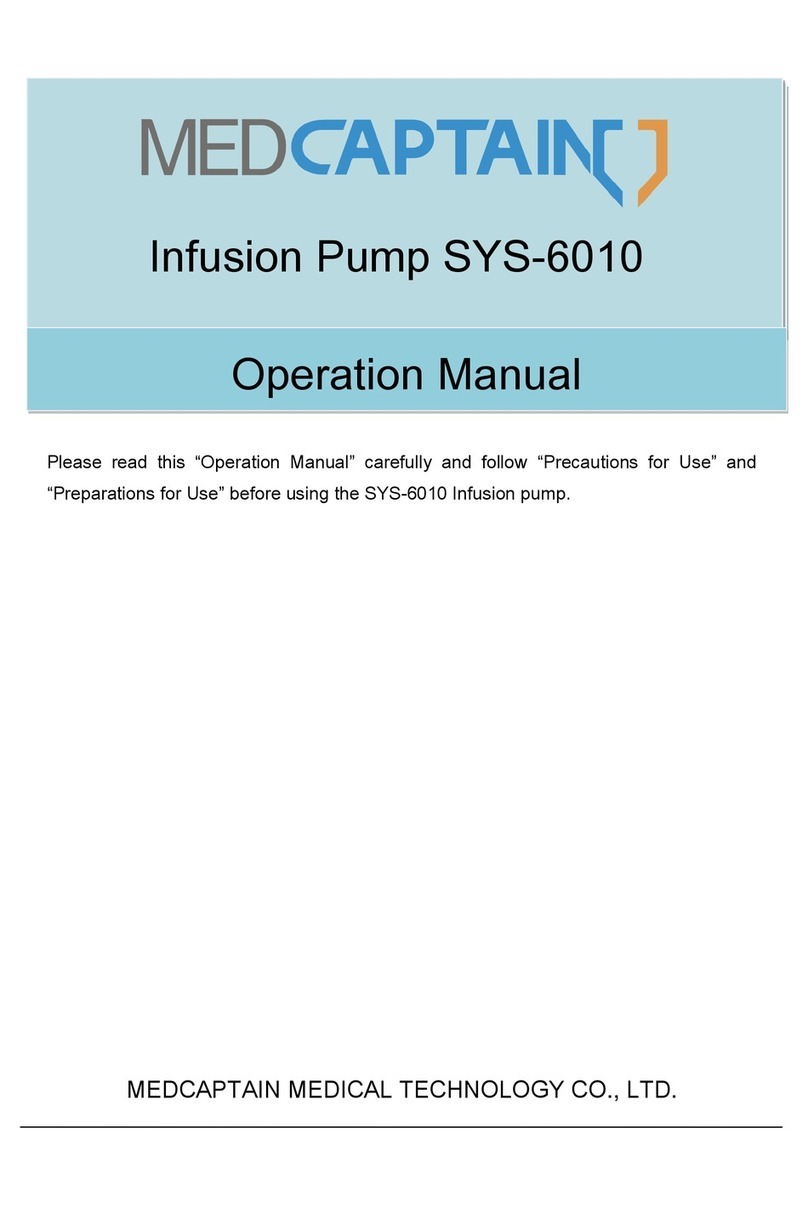Contents
5.1 SENSOR INFORMATION TEST..................................................................................................... 23
6MAINTENANCE .................................................................................................................. 25
6.1 OVERVIEW................................................................................................................................ 25
6.2 PERIODIC MAINTENANCE.......................................................................................................... 25
6.3 BATTERY MAINTENANCE.......................................................................................................... 25
6.3.1 Checking the internal battery.......................................................................................25
6.3.2 Remove an internal battery..........................................................................................26
6.3.3 Install the internal battery............................................................................................26
7CLEANING AND DISINFECTION ................................................................................................ 27
7.1 PREPARATIONS ............................................................................................................................. 27
7.2 CLEANING....................................................................................................................................27
7.3 DISINFECTION............................................................................................................................... 28
7.4 AIR DRYING AND TRANSPORTATION ........................................................................................ 29
8CALIBRATION .................................................................................................................... 30
8.1 TOUCH SCREEN CALIBRATION.................................................................................................. 30
8.2 SYRINGE SIZE POTENTIOMETER CALIBRATION......................................................................... 30
8.3 DISTANCE POTENTIOMETER CALIBRATION............................................................................... 30
8.4 CLAW ANGLE SENSOR CALIBRATION ....................................................................................... 30
8.5 CLUTCH POTENTIOMETER CALIBRATION.................................................................................. 31
8.6 PRESSURE SENSOR CALIBRATION ............................................................................................. 31
8.7 SYRINGE ACCURACY CALIBRATION ......................................................................................... 31
9ALARMS AND TROUBLESHOOTING.............................................................................. 34
9.1 ALARM LEVELS ........................................................................................................................ 34
9.2 FAULTS AND TROUBLESHOOTING ............................................................................................. 35
9.3 SYRINGE PUMP FAULTS AND TROUBLESHOOTING ....................................................................36
9.4 SYSTEM FAULTS AND TROUBLESHOOTING................................................................................ 36
9.5 CHECK AFTER REPAIR...................................................................................................................... 40
10 DISASSEMBLY AND ASSEMBLY ..................................................................................... 41
10.1 DISMANTLING THE LOWER SHELL SMALL COVER PLATE FOR UPGRADE AND LOWER SHELL
SCREWS 41
10.2 DISMANTLING THE UPPER SHELL AND BATTERY .................................................................42
10.3 DISMANTLING THE MIDDLE PLATE AND LOWER SHELL....................................................... 43
10.4 DISMANTLING THE TRIP POTENTIOMETER............................................................................44







































